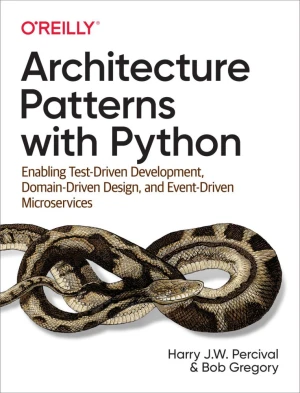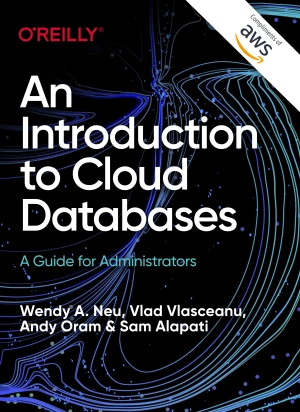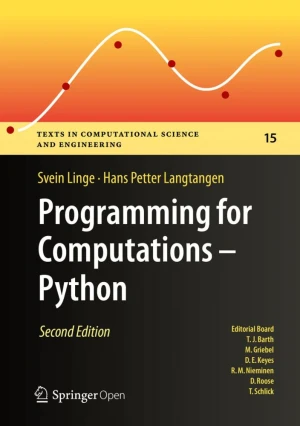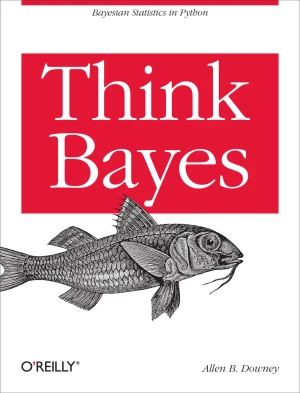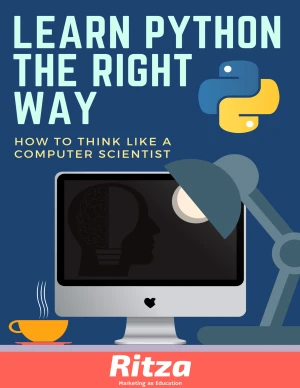Modeling and Simulation in Python
An Introduction for Scientists and Engineers
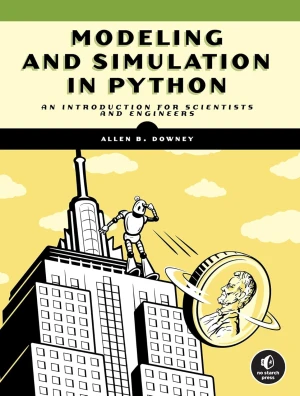
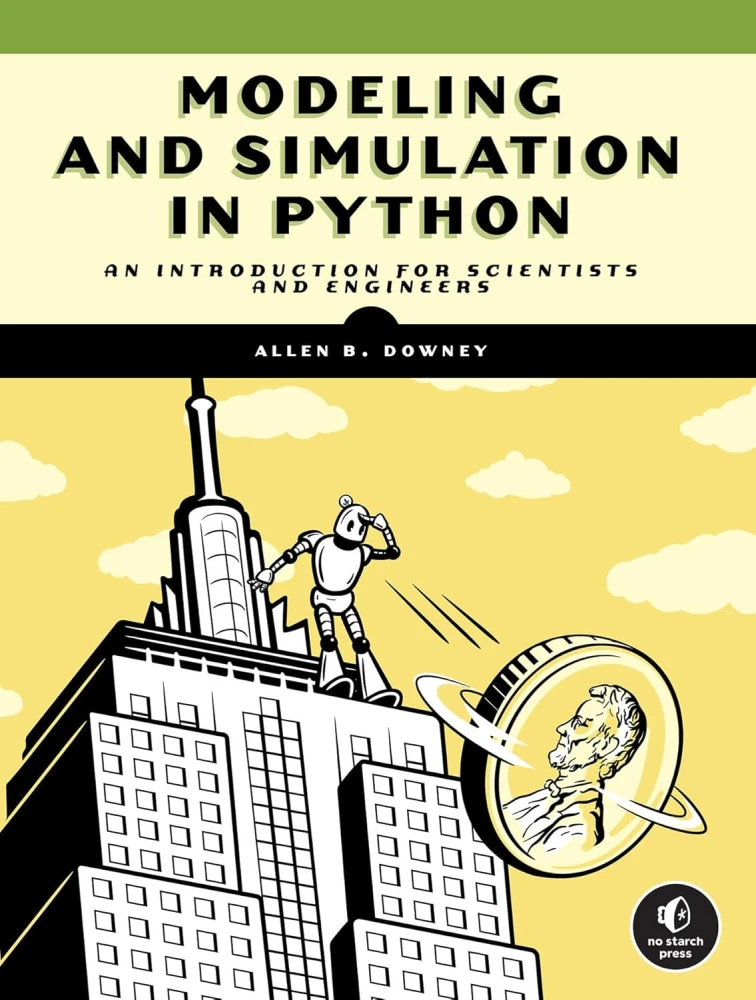
Book Details
| Author | Allen Downey |
| Publisher | No Starch Press, Green Tea Press |
| Published | 2023 |
| Edition | 1st |
| Paperback | 247 pages |
| Language | English |
| ISBN-13 | 9781718502161 |
| ISBN-10 | 1718502168 |
| License | Creative Commons Attribution |
Book Description
Modeling and Simulation in Python is a thorough but easy-to-follow introduction to physical modeling - that is, the art of describing and simulating real-world systems.
Readers are guided through modeling things like world population growth, infectious disease, bungee jumping, baseball flight trajectories, celestial mechanics, and more while simultaneously developing a strong understanding of fundamental programming concepts like loops, vectors, and functions.
Clear and concise, with a focus on learning by doing, the author spares the reader abstract, theoretical complexities and gets right to hands-on examples that show how to produce useful models and simulations.
Taking a computational approach makes it possible to work with more realistic models than what you typically see in a first-year physics class, with the option to include features like friction and drag.
Python is an ideal programming language for this material. It is a good first language for people who have not programmed before, and it provides high-level data structures that are well-suited to express solutions to the problems we are interested in.
This book is available under a Creative Commons Attribution license (CC BY), which means that you are free to copy, distribute, and modify it, as long as you give appropriate credit to the original author.
If you enjoyed the book and would like to support the author, you can purchase a printed copy (hardcover or paperback) from official retailers.
Download and Read Links
Share this Book
[localhost]# find . -name "*Similar_Books*"
Architecture Patterns with Python
As Python continues to grow in popularity, projects are becoming larger and more complex. Many Python developers are taking an interest in high-level software design patterns such as hexagonal/clean architecture, event-driven architecture, and the strategic patterns prescribed by domain-driven design (DDD). But translating those patterns into Pytho
An Introduction to Cloud Databases
Cloud deployments have not only changed the way companies run mission critical databases; they've also transformed the roles of many people in production. With this practical report, database and system administrators, IT managers, and DevOps engineers will learn the ins and outs of running databases in the cloud. You'll explore the types of databa
Python re(gex)?
Scripting and automation tasks often need to extract particular portions of text from input data or modify them from one format to another. This book will help you learn Regular Expressions, a mini-programming language for all sorts of text processing needs. The book heavily leans on examples to present features of regular expressions one by one. I
Programming for Computations - Python, 2nd Edition
This book presents computer programming as a key method for solving mathematical problems. This second edition of the well-received book has been extensively revised: All code is now written in Python version 3.6 (no longer version 2.7). In addition, the two first chapters of the previous edition have been extended and split up into five new chapte
Think Bayes
If you know how to program with Python and also know a little about probability, you're ready to tackle Bayesian statistics. With this book, you'll learn how to solve statistical problems with Python code instead of mathematical notation, and use discrete probability distributions instead of continuous mathematics. Once you get the math out of the
Learn Python the right way
Python is a fun and extremely easy-to-use programming language that has steadily gained in popularity over the last few years. Developed over ten years ago by Guido van Rossum, Python's simple syntax and overall feel is largely derived from ABC, a teaching language that was developed in the 1980's. However, Python was also created to solve real pro

